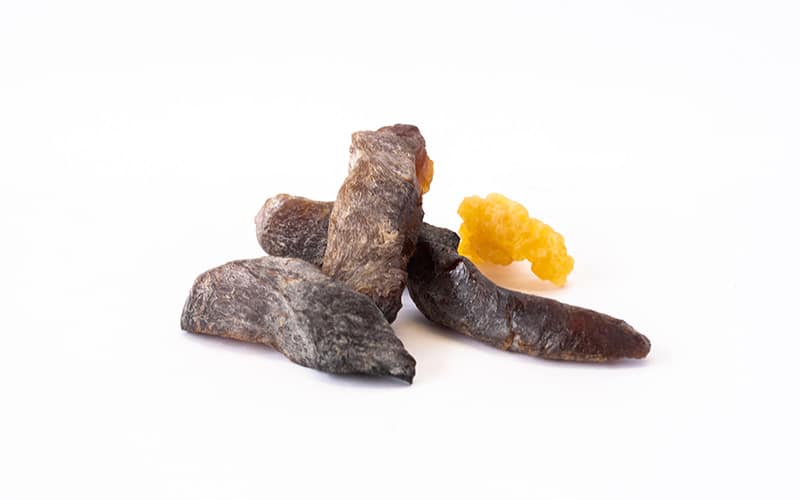Production of natural rubber
Natural rubber, also known by the acronym NR for Natural Rubber, is a natural material of plant origin. Unlike synthetic rubber, natural rubber – NR comes from the coagulation of the latex of several plants, mainly the rubber tree.
The collection is carried out by incision in the bark of the trunks so that the latex, coming from the laticiferous canals, flows into buckets placed just below. It is then filtered, stabilized with ammonia, pressed to reduce its natural water content, then coagulated to be packaged into rubber balls.

Vulcanization: from plastic to elastic
Rubber in its raw (uncooked) state is not of great interest in industrial applications. In fact, raw rubber tears easily and it is plastic, meaning that when it is warped, it does not return to its initial dimensions.
On the other hand, once vulcanized (cooked), natural rubber then exhibits elastic mechanical properties, which makes it a low-cost material that can be used in various technological applications.
Natural material of plant origin resulting from the coagulation of latex
Properties of natural rubber
Unfilled and vulcanized natural rubber has good tensile strength, with a breaking strength in the range of 20 MPa and above. With this excellent tensile strength and very good tear resistance, natural rubber – NR constitutes a material of choice for the production of parts that are both flexible and very thin.
In addition, natural rubber – NR has excellent resistance to abrasion, particularly appreciated in environments subject to wear by friction, exposed to repeated shocks and/or in contact with abrasive elements.
It is also appreciated for its low thermal conductivity.
On the other hand, natural rubber – NR does not have good temperature resistance and its low resistance to contact with solvents and mineral oils limits its use in the field of sealing or transport of liquids.
Summary of the properties of natural rubber
Advantages
- Very high elasticity
- Very good dynamic behavior
- Very good tear resistance
- Wear resistance
- Heat resistance
Disadvantages
- Low resistance to mineral oils
- Low ozone resistance
- Operating temperature: -50 to +70°C
Applications of natural rubber
Natural rubber remains essential for many applications, particularly for the manufacture of tires. Natural rubber -NR is also found in gaskets, nozzles, belts and various forms of upholstery. Its elastic properties are particularly highlighted in anti-vibration applications.
A durable rubber
At ITC Elastomères, we are committed to preserving the planet and its natural resources.
Coming from rubber cultivation, the latex from which rubber is produced is an abundant natural raw material with a highly developed culture, particularly in South-East Asia where most of the world’s rubber production is located. However, rubber cultivation poses the problem of deforestation of tropical forests and the preservation of their endemic biodiversity.
This is why, at ITC Elastomers, natural rubber – NR comes from forests cultivated in a sustainable and responsible manner and labeled FSC (Forest Stewardship Council).